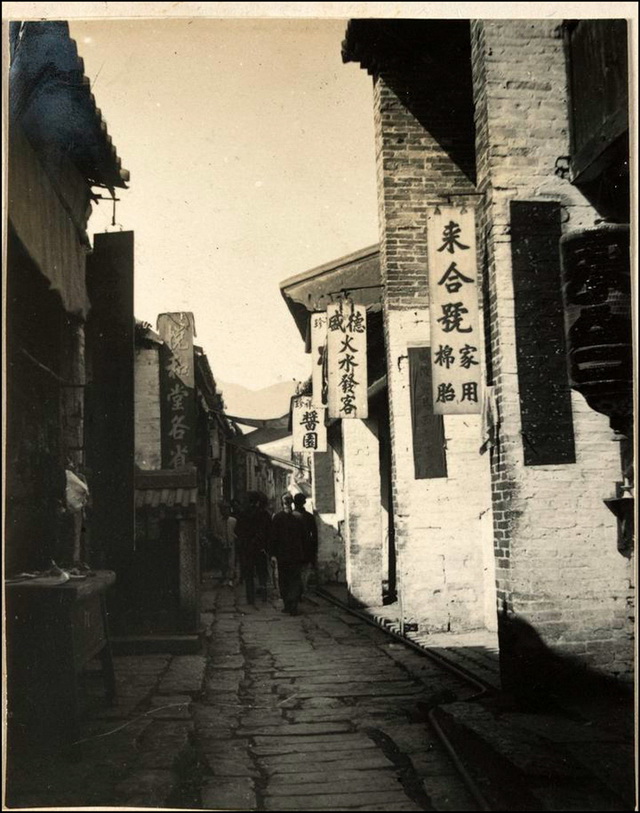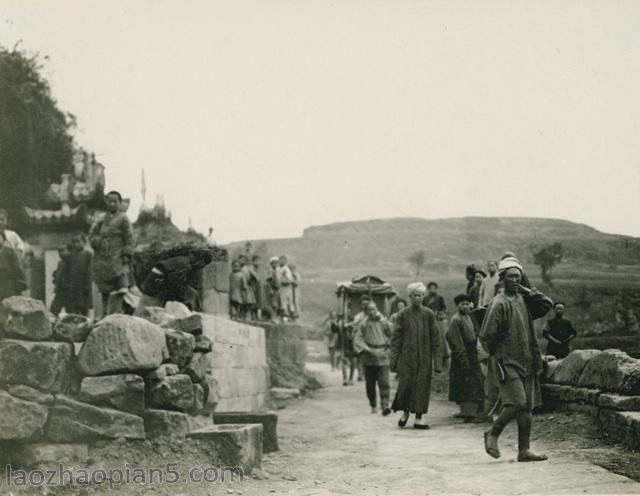Period:Qing dynasty Production date:1723-1735
Materials:porcelain
Technique:glazed, underglazed,
Dimensions:Diameter: 88 millimetres Height: 50 millimetres
Description:
Porcelain globular incense burner on three small feet with two loop handles. The incense burner has matt greyish blue opaque glaze. There is a seal mark in underglaze blue, and six small round spur marks on the base.
IMG
![图片[1]-incense-burner BM-PDF.530-China Archive](https://chinaarchive.net/Qin dynasty/Ceramics/mid_00371133_001.jpg)
![图片[2]-incense-burner BM-PDF.530-China Archive](https://chinaarchive.net/Qin dynasty/Ceramics/mid_00371134_001.jpg)
Comments:Published PDF date : Qing Yongzheng 1723-1735 Room 95 label text:PDF 530 Incense burner with celadon glazeBoth the shape and glaze of this incense burner reflect the Yongzheng emperor’s antiquarian taste. Potters modelled the form of the incense burner on an ancient bronze food vessel called a gui . Wealthy aristocrats and generals of the Shang and Zhou dynasties, (about 1600–256 BC), buried bronze vessels as part of ritual eating and drinking equipment for tombs. The shape was transformed into an incense burner in the Song dynasty (AD 960–1279) as catalogues of collections of antiques were published with woodblock-printed illustrations. The celadon glaze evokes both Northern Song Ru and Southern Song guan glazes. There is an underglaze blue Yongzheng seal mark on the base. Porcelain with celadon glaze and underglaze cobalt-blue markJingdezhen, Jiangxi province 江西省, 景德鎮Qing dynasty, Yongzheng mark and period, AD 1723–1735 PDF530 青釉香爐香爐的器形與釉色皆反映了雍正皇帝的尚古審美品位。陶工們以古代青銅食器簋為模本燒造此香爐。商周時期(約西元前1600-前256年)的貴族及武官以青銅禮儀用食器與酒器隨葬。這種器形在宋代(960-1279年)伴隨著木版印刷古物收藏圖錄的出版為人所知,並演變為香爐。青釉的呈色使人聯想到北宋汝窯及南宋官窯的釉色。器底署青花雍正篆書款。瓷器,青釉,青花款江西省景德鎮清代,雍正,雍正款,1723-1735年
Materials:porcelain
Technique:glazed, underglazed,
Dimensions:Diameter: 88 millimetres Height: 50 millimetres
Description:
Porcelain globular incense burner on three small feet with two loop handles. The incense burner has matt greyish blue opaque glaze. There is a seal mark in underglaze blue, and six small round spur marks on the base.
IMG
![图片[1]-incense-burner BM-PDF.530-China Archive](https://chinaarchive.net/Qin dynasty/Ceramics/mid_00371133_001.jpg)
![图片[2]-incense-burner BM-PDF.530-China Archive](https://chinaarchive.net/Qin dynasty/Ceramics/mid_00371134_001.jpg)
Comments:Published PDF date : Qing Yongzheng 1723-1735 Room 95 label text:PDF 530 Incense burner with celadon glazeBoth the shape and glaze of this incense burner reflect the Yongzheng emperor’s antiquarian taste. Potters modelled the form of the incense burner on an ancient bronze food vessel called a gui . Wealthy aristocrats and generals of the Shang and Zhou dynasties, (about 1600–256 BC), buried bronze vessels as part of ritual eating and drinking equipment for tombs. The shape was transformed into an incense burner in the Song dynasty (AD 960–1279) as catalogues of collections of antiques were published with woodblock-printed illustrations. The celadon glaze evokes both Northern Song Ru and Southern Song guan glazes. There is an underglaze blue Yongzheng seal mark on the base. Porcelain with celadon glaze and underglaze cobalt-blue markJingdezhen, Jiangxi province 江西省, 景德鎮Qing dynasty, Yongzheng mark and period, AD 1723–1735 PDF530 青釉香爐香爐的器形與釉色皆反映了雍正皇帝的尚古審美品位。陶工們以古代青銅食器簋為模本燒造此香爐。商周時期(約西元前1600-前256年)的貴族及武官以青銅禮儀用食器與酒器隨葬。這種器形在宋代(960-1279年)伴隨著木版印刷古物收藏圖錄的出版為人所知,並演變為香爐。青釉的呈色使人聯想到北宋汝窯及南宋官窯的釉色。器底署青花雍正篆書款。瓷器,青釉,青花款江西省景德鎮清代,雍正,雍正款,1723-1735年
© Copyright
The copyright of the article belongs to the author, please keep the original link for reprinting.
THE END





![[Qing Dynasty] British female painter—Elizabeth Keith, using woodblock prints to record China from the late Qing Dynasty to the early Republic of China—1915-China Archive](https://chinaarchive.net/wp-content/uploads/2022/11/image-191x300.png)